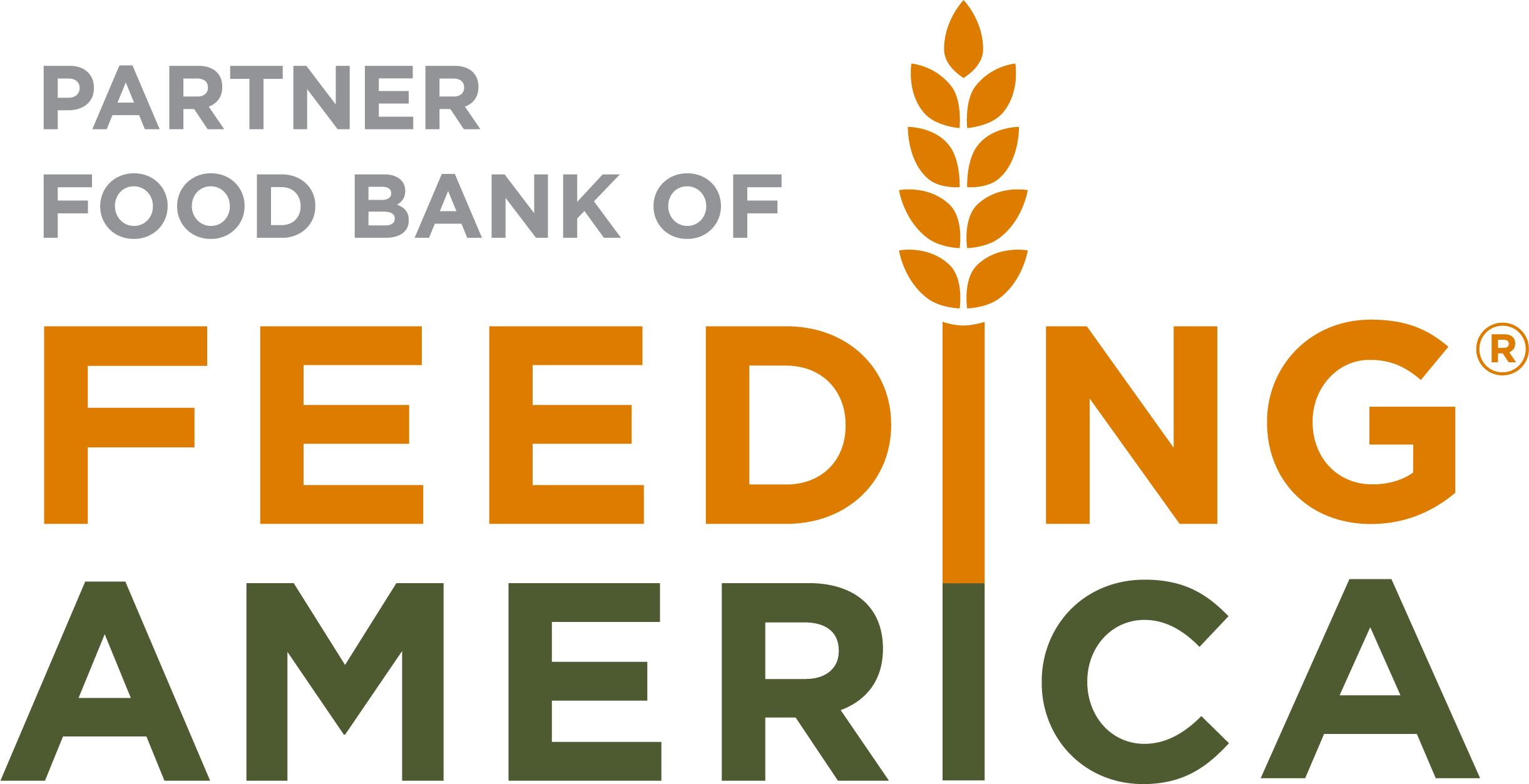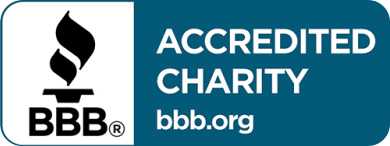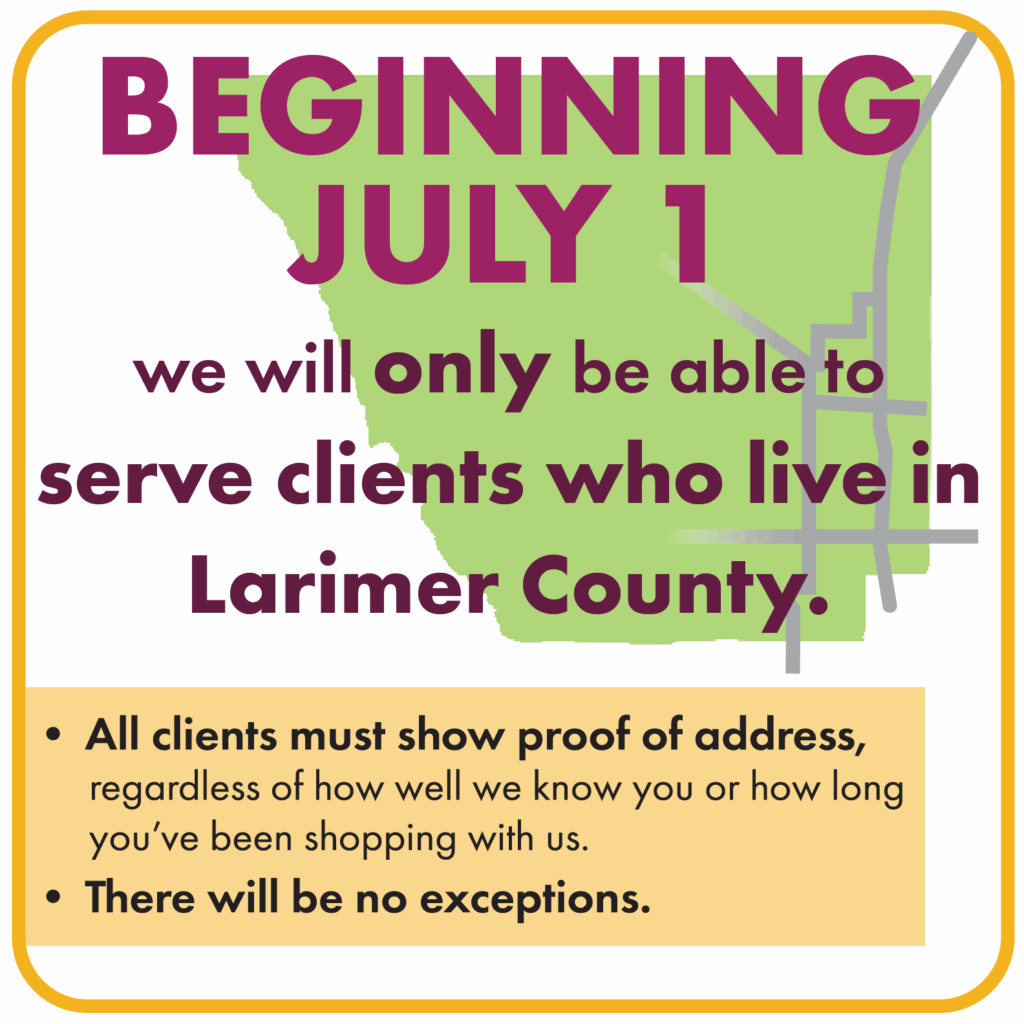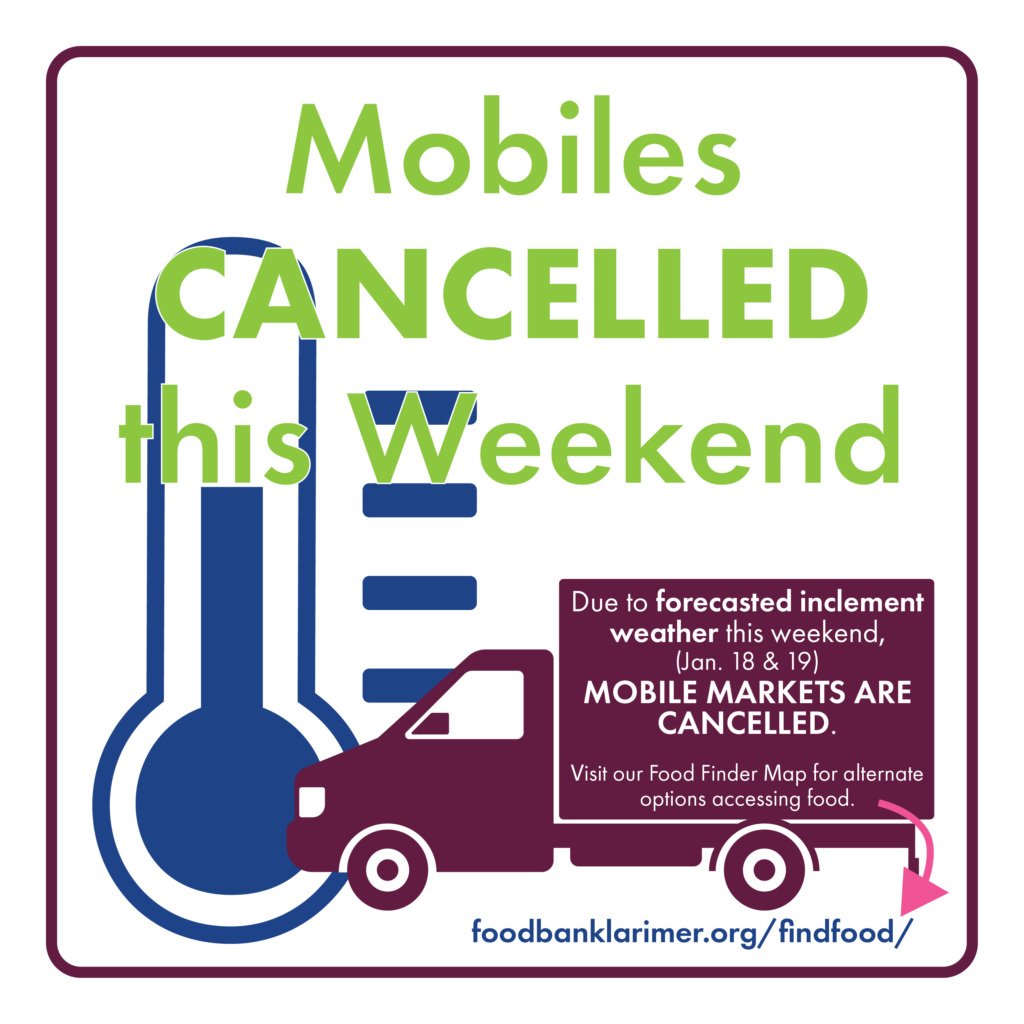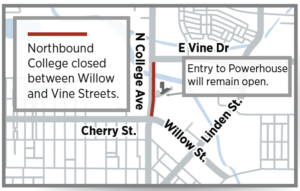Food rescue and food repurpose to feed families
The Food Bank for Larimer County has been the leader in our community for rescuing perfectly safe and healthy food since 1984; diverting millions of pounds of food that formerly went into grocers’ dumpsters to instead putting that still high quality food to someone’s dining room table.
If you’ve ever wondered how the FBLC works, it’s important first to understand the life cycle of the food we distribute.
First, we acquire it, then we distribute it, and with the food we cannot safely distribute, we repurpose in a variety of ways.
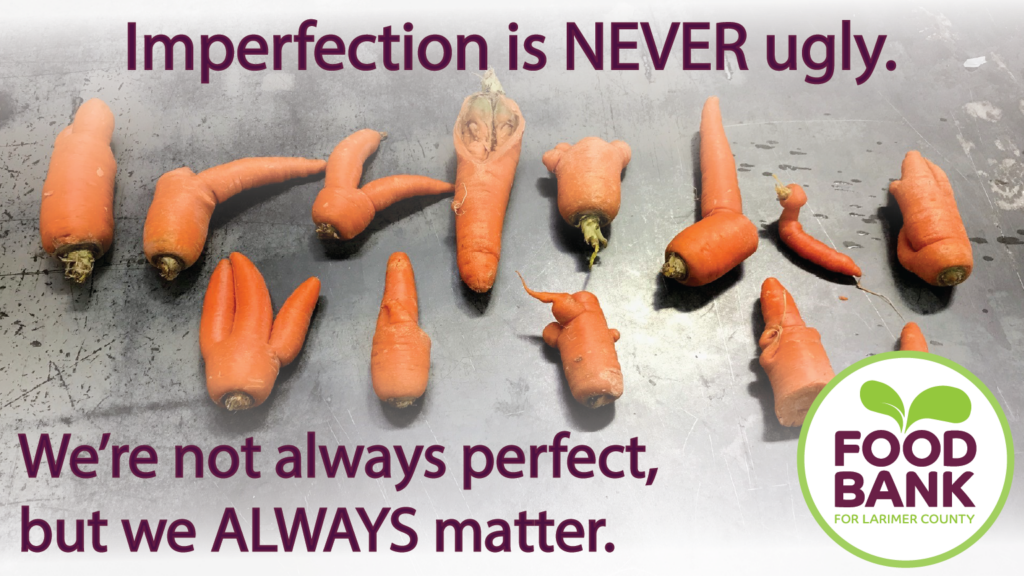
In 2023, The Food Bank for Larimer County rescued 8 million pounds of food alone. This allowed us to distribute enough for those facing food insecurity 8.2 million meals, 41% of this food was fruits and vegetables.
In the end, almost none – less than 1% of ALL FOOD we begin with – is actually thrown away.
Step 1: Rescue
Even though we haven’t traditionally used the term as often, we’re starting to call call our acquisition of food exactly what it is: food rescue. Food banks essentially invented the concept of rescuing food and it is the primary way we acquire we distribute:
Our food comes to us three ways, split mostly equitably:
- Rescued from local farmers and grocers,
- Donated by and rescued from community individuals and organizations, and
- Purchased from government-funded organizations and equities.
Step 2: Distribute
We distribute all food and resources either directly to individuals or to individuals through our partnerships with community agencies.
Distribution via Nourishing Network
Our network of community agencies is our Nourishing Network program.
Our Nourishing Network includes partner food agencies, shelters and residences, and more.
Representatives from these agency partners come to our central warehouse and pick up food and other essentials in bulk. They then return to their location of distribution and individuals receive the items. For example, victims of domestic violence who are being temporarily housed at Crossroads Safehouse receive food onsite at the safehouse. But, the food gets there from Crossroads staff members obtaining it from us here at the warehouse.
Distribution Directly to Client
Individuals receive food from us directly via the two Fresh Food Share brick-and-mortar pantry locations, mobile pantries, snacks and lunch given to kids during summer feeding programs, and senior outreach program. The Food Bank has two brick-and-mortar pantry locations in Fort Collins and Loveland called Fresh Food Share pantries.
The Fresh Food Share pantries are our brick-and-mortar locations. Just like a grocery store, clients can choose what they shop for. We offer a variety of fresh fruits, vegetables, bread, meat, dairy, and shelf-stable items – all at no cost to shoppers. The experience is in many ways just like shopping in grocery store; clients enter with a grocery cart, take the items they need, and check out upon exit.
Step 3: Repurpose
Due to an efficiently run program and highly competent team of staff and volunteers, we’re able to distribute more than 95% of all the food we acquire. Of the remaining 5%, 75% is donated to various farmers and organizations to be used for animal feed and compost.
For example, produce that is no longer safe for humans to eat is given to local farms for animal consumption. Overripe produce is donated to the W.O.L.F Sanctuary in Bellvue, 4H kids raising livestock, and a number of local farmers raising goats, pigs, cows, and even yaks.
Only food that is unfit for human AND animal consumption is actually thrown away. Overall, less than 1% of ALL food we originally acquire ends up in the landfill.

